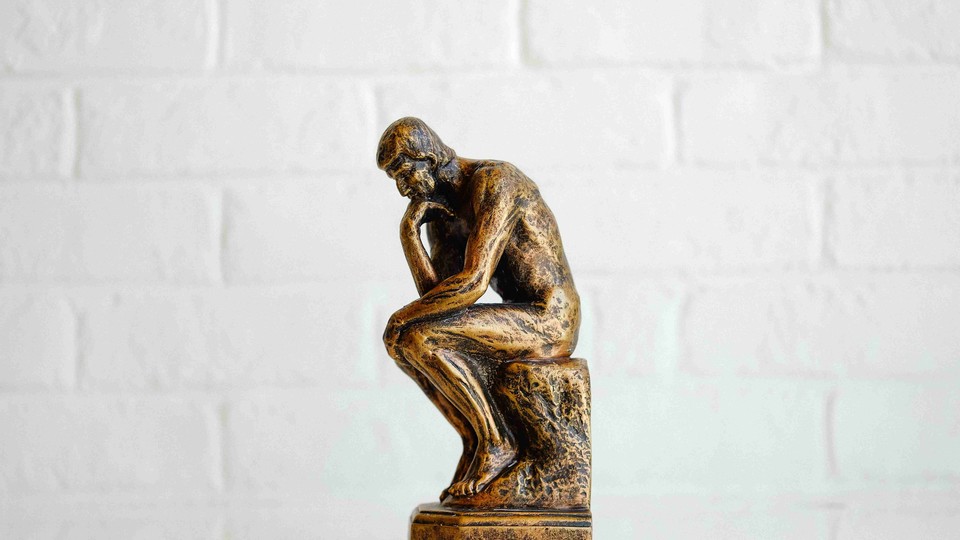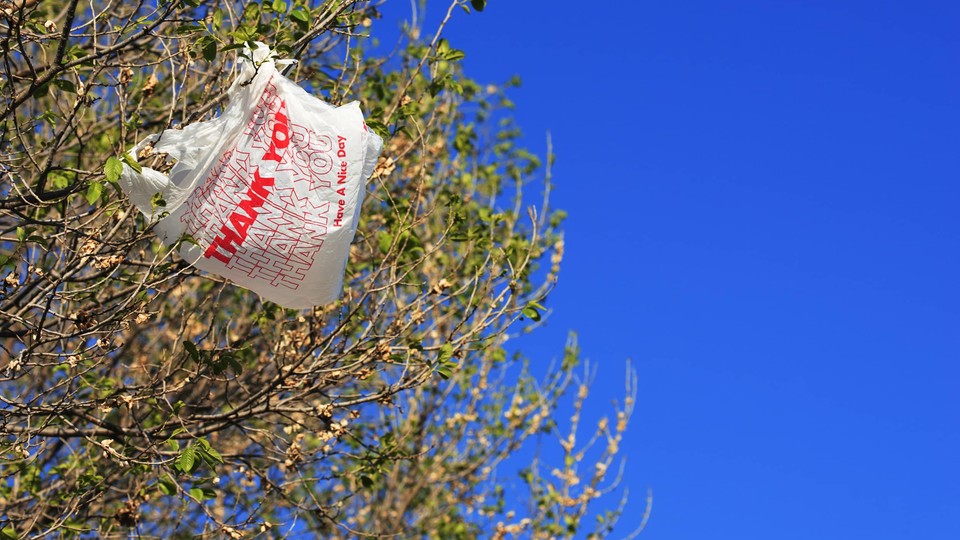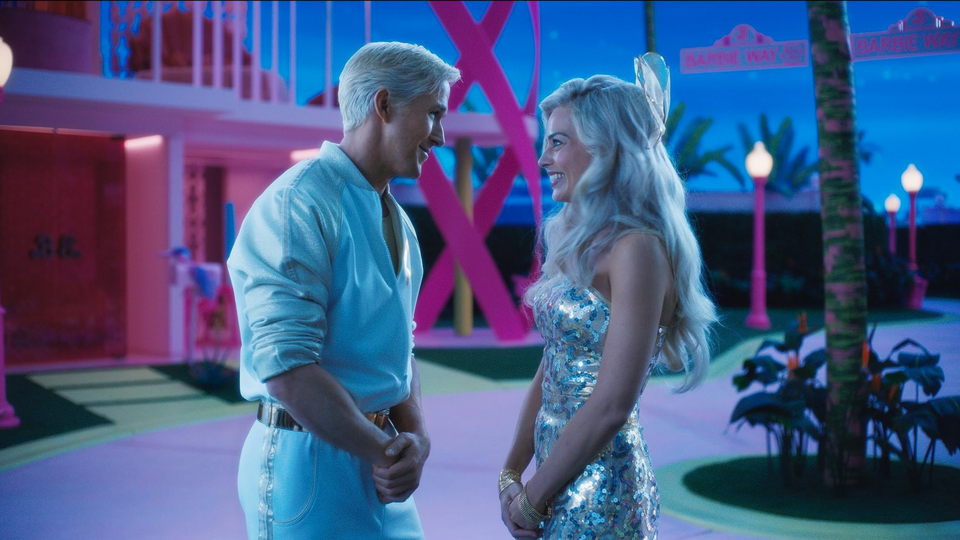Penn State research: Not everyone wants their donations touted on Facebook or plastered on walls
I recently made a donation on a friend’s GoFundMe page. I paused over the box to hide my name before clicking it. Then as I finished up, the website asked me if I wanted to share my donation on Facebook. I clicked “skip.” To study this phenomenon, I teamed up with two other marketing scholars, Vikas Mittal at Rice University and Karl Aquino at the University of British Columbia.
Houston's newest venture capital firm to focus on women
The Artemis Fund recently launched to provide seed money and Series A financing to women-led companies. Its first $100,000 award will be given at the Rice Business Plan Competition held April 4 through April 6.
Rice University president on innovation corridor: Rice is 'engaging with and empowering the city of Houston'
Sitting on a panel, he told conference attendees that Rice had not put an emphasis on bolstering innovation and entrepreneurialism outside of the university in the past.
UA Little Rock business students selected to participate in Rice Business Plan Competition
A team of business students from the University of Arkansas at Little Rock has been selected as one of 42 teams from some of the world’s top universities who will compete for more than $1.5 million in prizes at the Rice Business Plan Competition April 4-6.
Noble Energy and Shell to lead Colombian offshore venture
Houston's Noble Energy will take the lead on exploring the offshore oil and gas potential of Colombia with Royal Dutch Shell. (No quote from Bill Arnold)
Far And Away
How do you know what motivates your virtual work team?
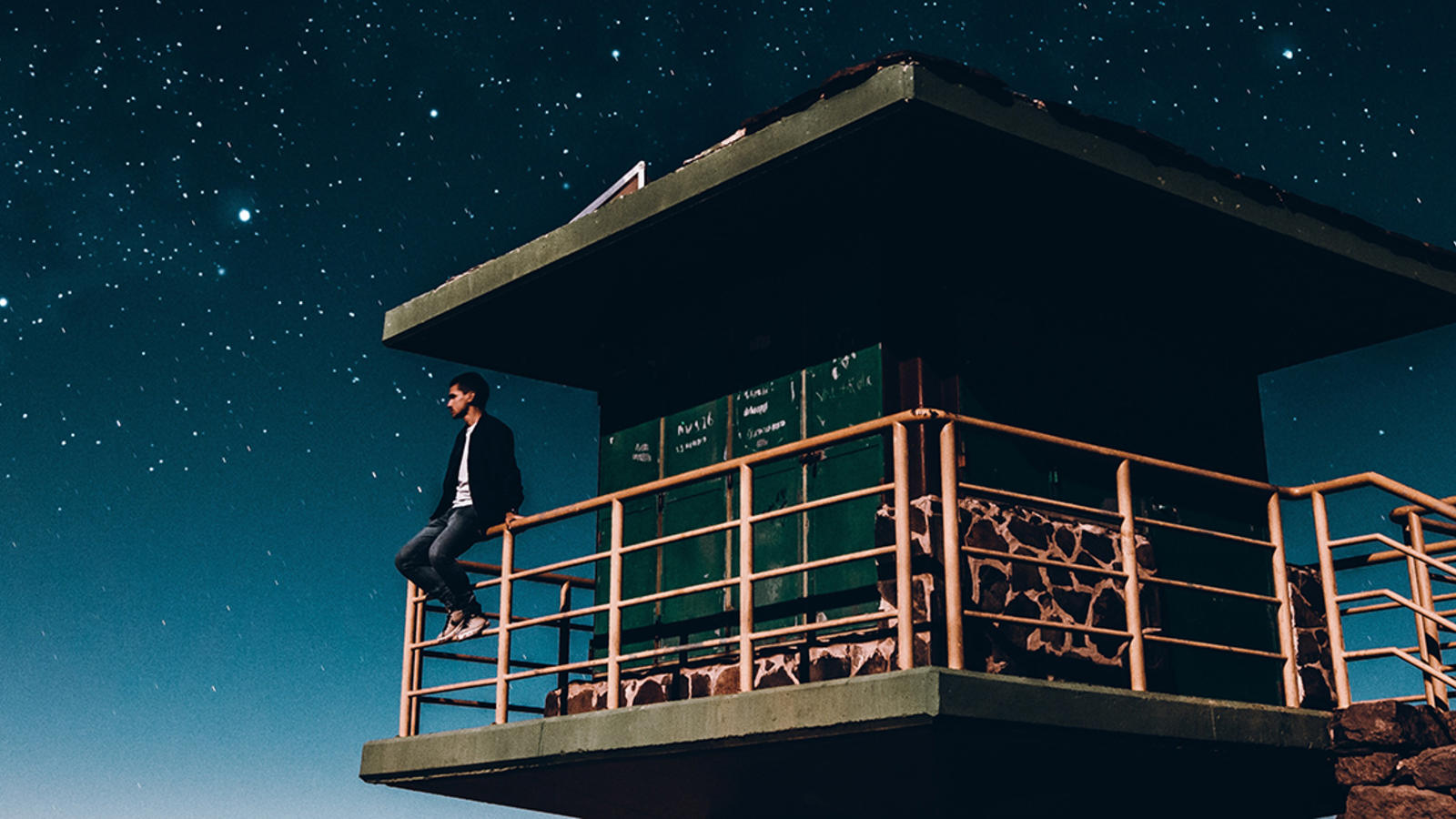
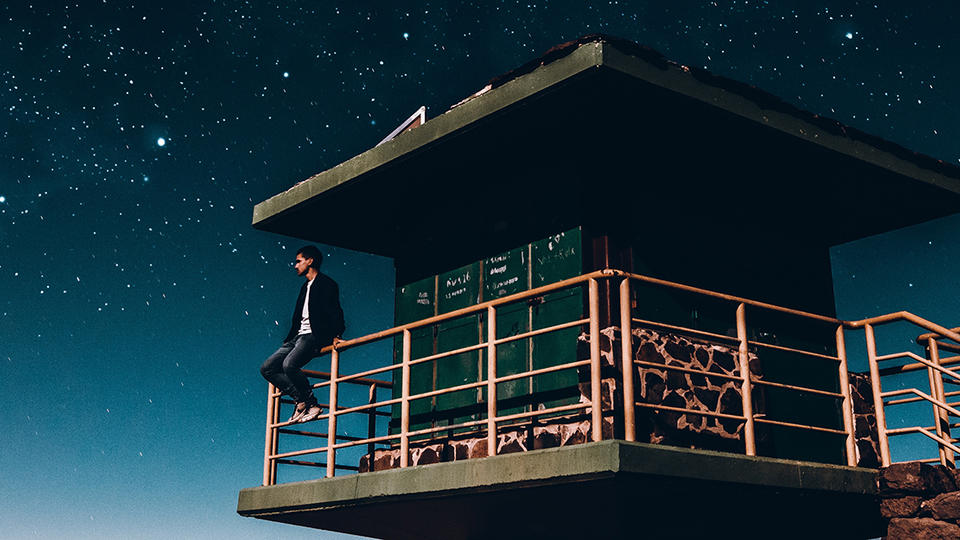
Based on research by Utpal Dholakia, René Algesheimer and Călin Gurău
How Do You Know What Motivates Your Virtual Work Team?
- Globalization has changed how we work. More than ever, remote workers do the jobs we once did face to face.
- Despite the growing influence of virtual work, little is known about what influences a virtual work team’s performance.
- Managers need to develop models that measure and predict virtual team performance, focusing on worker motivation.
Managers are always hunting for ways to measure performance. They need to know what’s succeeding and what’s not, so they can make adjustments and improve a work team’s output. This has led to countless studies that looks at ways to measure and boost employee performance. Indeed, one recent study showed there were more than 130 models and frameworks for measuring team performance in the workplace.
But how we do business has been changing in the last two decades. Communication technology and information sharing increasingly has decentralized the work force. More and more people are working remotely. Consider telecommuters, online messenger services such as Slack and customer service call centers routing their calls across the world. What forces determine how these virtual teams function?
In a study, Rice Business professor Utpal Dholakia and colleagues René Algesheimer of the University of Zurich and Călin Gurău of GSCM-Montpellier Business School looked closely at what motivates remote teams and how to measure what they do. They began with a standard input-mediator-output-input model (IMOI) to measure team characteristics such as size, tenure, communication, strategic consensus and intentions. Then they dove further, including expected team performance, actual team performance and past team performance into the equations. Finally, they analyzed the influence of motivational – desire to perform – and rational – shared goals – dimensions.
To conduct the research, Dholakia, Algesheimer and Gurău analyzed professional computer gaming teams, reasoning that such teams work together in highly competitive environments. The gamers’ lack of organizational context, meanwhile, eliminated any bias that could be linked to traditional institutional structures such as culture and goals. There was a downside, however: The gaming teams didn’t fully replicate the situation of virtual teams in business organizations.
Still, by choosing the European Electronic Sports League (ESL) the researchers were able to pick from more than half a million teams that play in excess of 4 million matches a year. In the end, 606 teams participated in the study by answering a questionnaire in the course of a year. The teams all had stable structures and specific objectives, strategies and training, just like virtual work teams. Data was also collected from the ESL database and included in the model.
The findings: Most studies do not consider expected and actual team performance in their calculations. This is important because research shows a strong link between expectation and performance. Including both sets of results can help managers choose the right steps to enhance team strategy and effectiveness. (The study did not analyze issues such as trust, training, conflict resolution or leadership, areas Dholakia recommends for further research).
The framework devised by Dholakia and his colleagues gives researchers a more precise way to analyze remote or international teamwork. It also could help guide managers in examining a team’s cultural diversity, and how that might affect output. In a time when the workplace is growing ever less tangible, Dholakia’s model is a sturdy tool to measure what’s happening out there.
Utpal Dholakia is the George R. Brown Professor of Marketing at Jones Graduate School of Business at Rice University.
To learn more, please see: Algesheimer, R., Dholakia, U. and Gurău, C. (2011). Virtual team performance in a highly competitive environment. Group & Organization Management, 36(2), 161-190.
Never Miss A Story
Keep Exploring
Stereotypes about STEM ability impact retention of minorities in STEM majors, jobs
Williams and fellow researchers Julia George-Jones, a Ph.D. student at the University of Texas at Austin, and Mikki Hebl, a professor at Rice University, examined the role that appearance might play in determining who is thought to have math or STEM ability.
Deer Park fire underscores why good companies plan for disasters
As a cloud of toxic darkness hovered above, spokeswoman Alice Richardson was asked if the Intercontinental Terminals Co. would apologize to all of the residents of Deer Park for the petrochemical fire that raged for almost four days, releasing a seemingly endless plume of noxious smoke that would stretch hundreds of miles in the sky.
Austin jobless rate slips to 3 percent as area economy stays hot
Concerns are mounting about slowing US economic growth overall, but Austin's latest unemployment figures signal the local…
US News releases 2020 MBA rankings
US News MBA ranks Rice Business among top 20 tied at 17th for part-time programs
